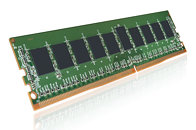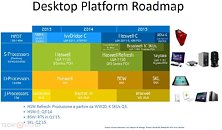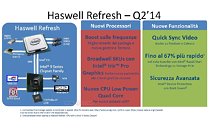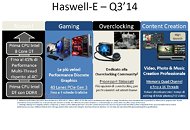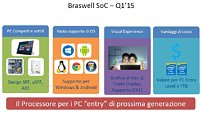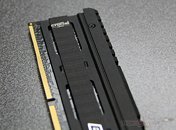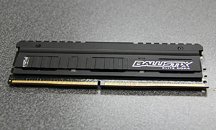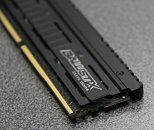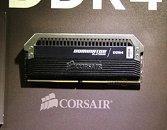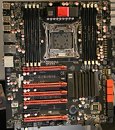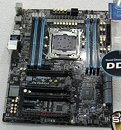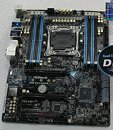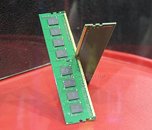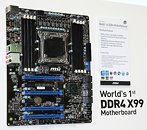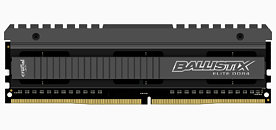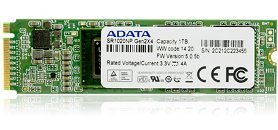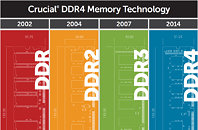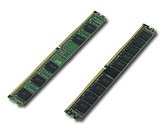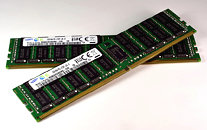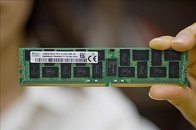SMART Modular Announces Sample Shipments of DDR4 Memory Modules
SMART Modular Technologies, Inc., a leading designer, manufacturer and supplier of specialty memory and storage solutions, including memory modules, flash memory cards and other memory and solid state storage products, has announced today that it has begun shipments in sample quantities of DDR4 memory modules. These samples are for qualification in next generation server, storage and networking applications which are expected to launch later in 2014 through 2015.
Currently, SMART's lineup of available DDR4-2133 1.2V modules includes VLP (Very Low Profile) and standard height RDIMMs up to 16 GB, and ECC SO-DIMMs up to 8 GB. These modules include improved capacity and performance scalability, improved power efficiency, and enhanced system reliability, which are all benefits driving the transition to DDR4.
Currently, SMART's lineup of available DDR4-2133 1.2V modules includes VLP (Very Low Profile) and standard height RDIMMs up to 16 GB, and ECC SO-DIMMs up to 8 GB. These modules include improved capacity and performance scalability, improved power efficiency, and enhanced system reliability, which are all benefits driving the transition to DDR4.
